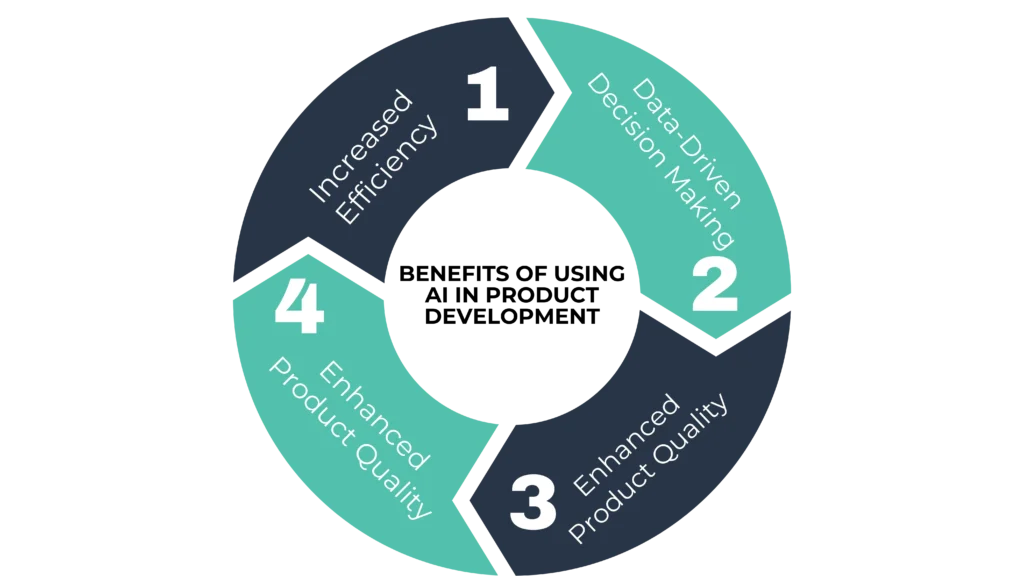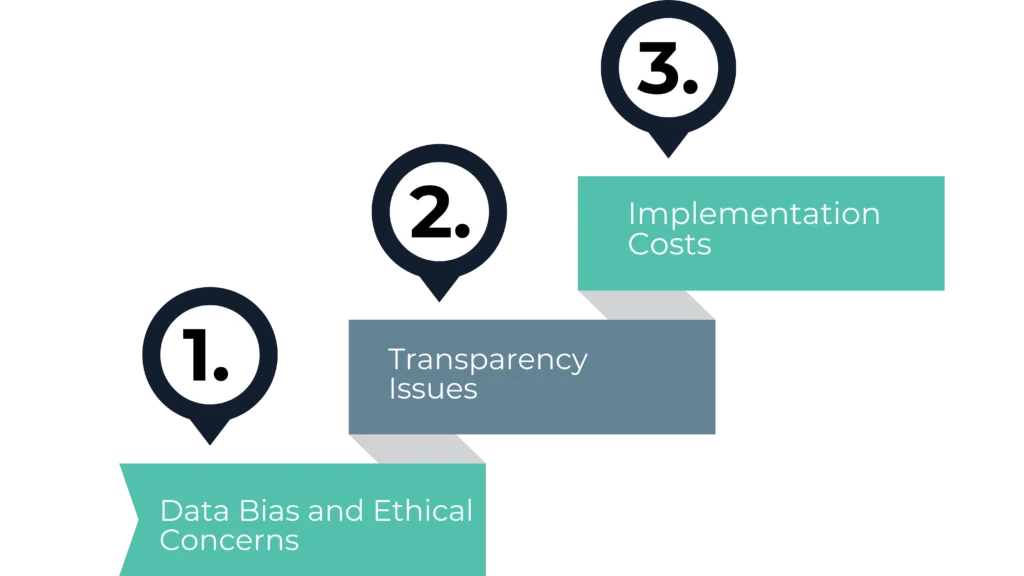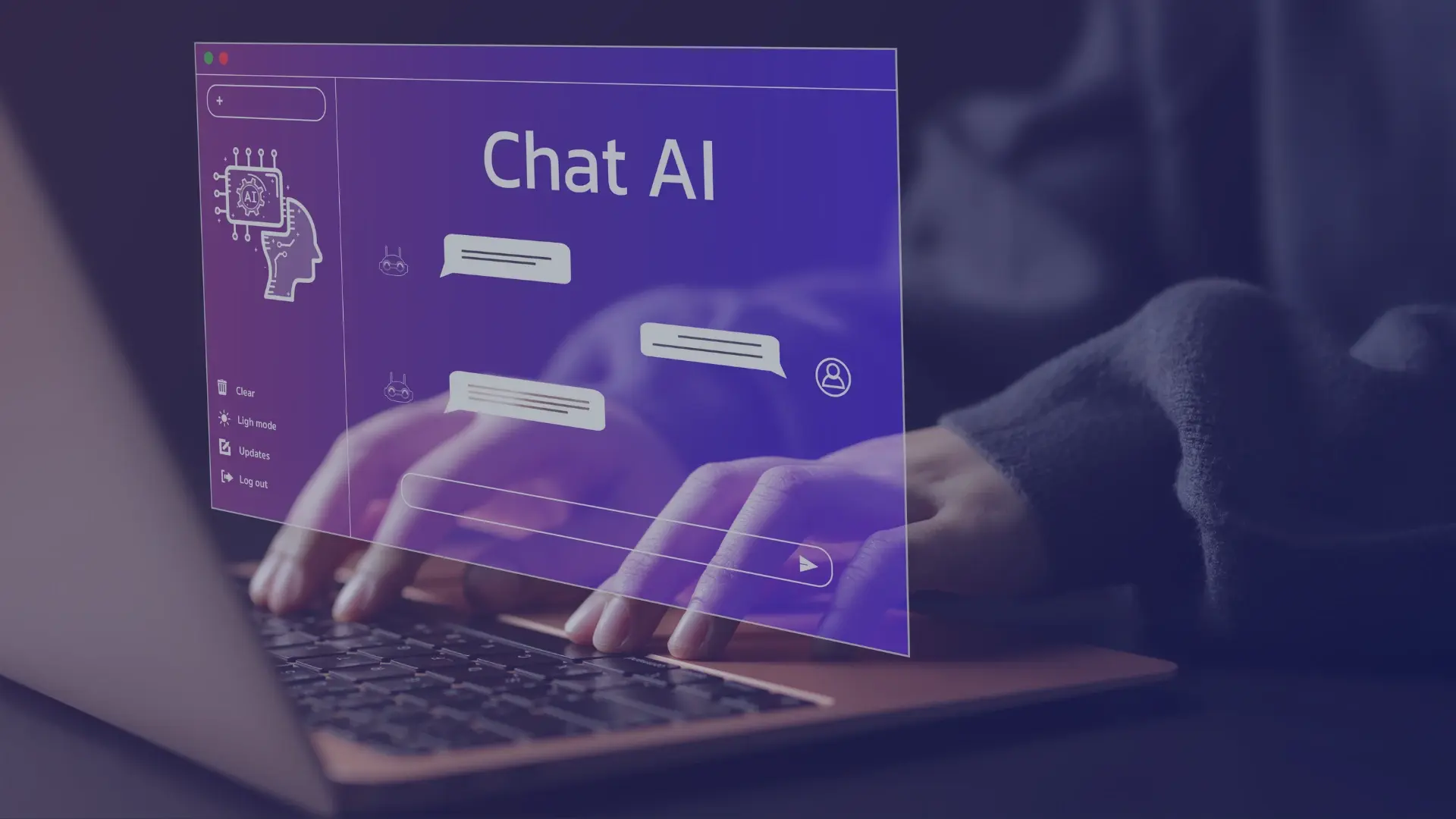Artificial Intelligence (AI) is revolutionizing industries across the board, and product development is no exception. Companies are leveraging AI to design, test, and launch products more efficiently than ever before. As someone who has worked closely with digital transformation, I’ve seen firsthand how AI accelerates innovation and enhances decision-making. In this article, I’ll guide you through practical ways to integrate AI into product development, sharing insights from my own experiences along the way.
Understanding AI in Product Development
AI is more than just automation, it’s about using machine learning, predictive analytics, and generative design to create smarter, more efficient products. When we first started integrating AI, our goal was simple: streamline operations while enhancing creativity. What we didn’t expect was how quickly AI tools transformed our entire workflow, from ideation to final production. Explore what is generative AI?
Key Areas Where AI Can Be Applied

1. AI in Product Design
AI is a game-changer for product design. Using generative design algorithms, companies can explore multiple design possibilities in seconds. For example, when working on a SaaS-based product, we used AI-powered design tools to generate UI variations, helping us pick the most user-friendly layout in record time.
2. AI in Product Development Strategy
AI doesn’t just improve product features, it also helps shape the overall development strategy. Market research, customer behavior analysis, and trend forecasting become more data-driven. I remember working on a client’s product launch where AI helped analyze competitors’ strategies, giving us insights that traditional research methods would have missed.
3. AI in Product Testing and Prototyping
One of the biggest time sinks in product development is testing and prototyping. AI accelerates this process by running simulations, identifying flaws, and even suggesting improvements. A few years ago, we tested an AI-powered chatbot for customer service. Instead of manually adjusting scripts, we let AI analyze customer interactions and refine responses automatically.
4. AI in Product Management
AI-driven analytics provide real-time insights that make product management more efficient. From inventory control to demand forecasting, AI helps businesses make better decisions. At BugsLink TECH, we implemented AI-driven project management tools that optimized resource allocation, reducing costs and improving delivery timelines.
5. AI in Product Security
With cyber threats on the rise, AI-powered security solutions are crucial. AI detects anomalies, identifies vulnerabilities, and prevents breaches before they happen. I recall an incident where an AI-driven security tool alerted us to a potential breach before any real damage was done, saving us from a major crisis.
Benefits of Using AI in Product Development

Increased Efficiency
AI automates repetitive tasks, reducing human error and speeding up processes. We once used AI-driven content generation for product documentation, cutting our workload by nearly 50%. Discover how generative AI systems enhance user interaction.
Data-Driven Decision Making
AI turns raw data into actionable insights, ensuring businesses make informed choices. When optimizing a digital marketing strategy, AI helped us identify underperforming ads and suggested improvements based on real-time engagement metrics.
Enhanced Product Quality
AI-driven testing and simulations minimize defects and improve overall quality. I’ve seen how AI-enabled predictive maintenance helps companies avoid equipment failures, saving them thousands in repairs.
Personalized Customer Experiences
AI analyzes user behavior to create personalized experiences. A project I worked on involved an AI-powered recommendation system that increased customer engagement by over 30%.
Challenges and Risks of AI in Product Development

Data Bias and Ethical Concerns
AI is only as good as the data it’s trained on. I’ve experienced cases where biased data led to skewed insights, highlighting the need for diverse and well-curated datasets.
Transparency Issues
AI decision-making can sometimes feel like a “black box.” It’s important to ensure transparency and explainability, especially in critical applications.
Implementation Costs
AI implementation can be expensive, but the long-term ROI often justifies the investment. Start small, test AI tools, and scale up gradually.
Future of AI in Product Development
The future of AI in product development is bright. With advancements in machine learning, natural language processing, and robotics, AI will continue to revolutionize industries. Companies that embrace AI today will be the innovators of tomorrow.
Conclusion
AI transforms product development, making processes faster, smarter, and more customer-focused. From predictive maintenance to AI-driven design, businesses that leverage AI gain a competitive edge. However, success depends on strategic implementation, high-quality data, and ongoing optimization. While AI brings immense opportunities, addressing risks like bias and security is crucial. The future of AI in product development is limitless, those who adapt now will lead the market.
Ready to integrate AI into your product strategy? Contact BugsLink TECH today.
FAQs
How can AI be used in product design?
AI can generate design variations, analyze user feedback, and optimize designs for functionality and aesthetics.
How is AI used in production?
AI enhances manufacturing processes, automates quality control, and predicts maintenance needs.
What is the use of AI in products?
AI improves product efficiency, personalization, and security while reducing costs and development time.

